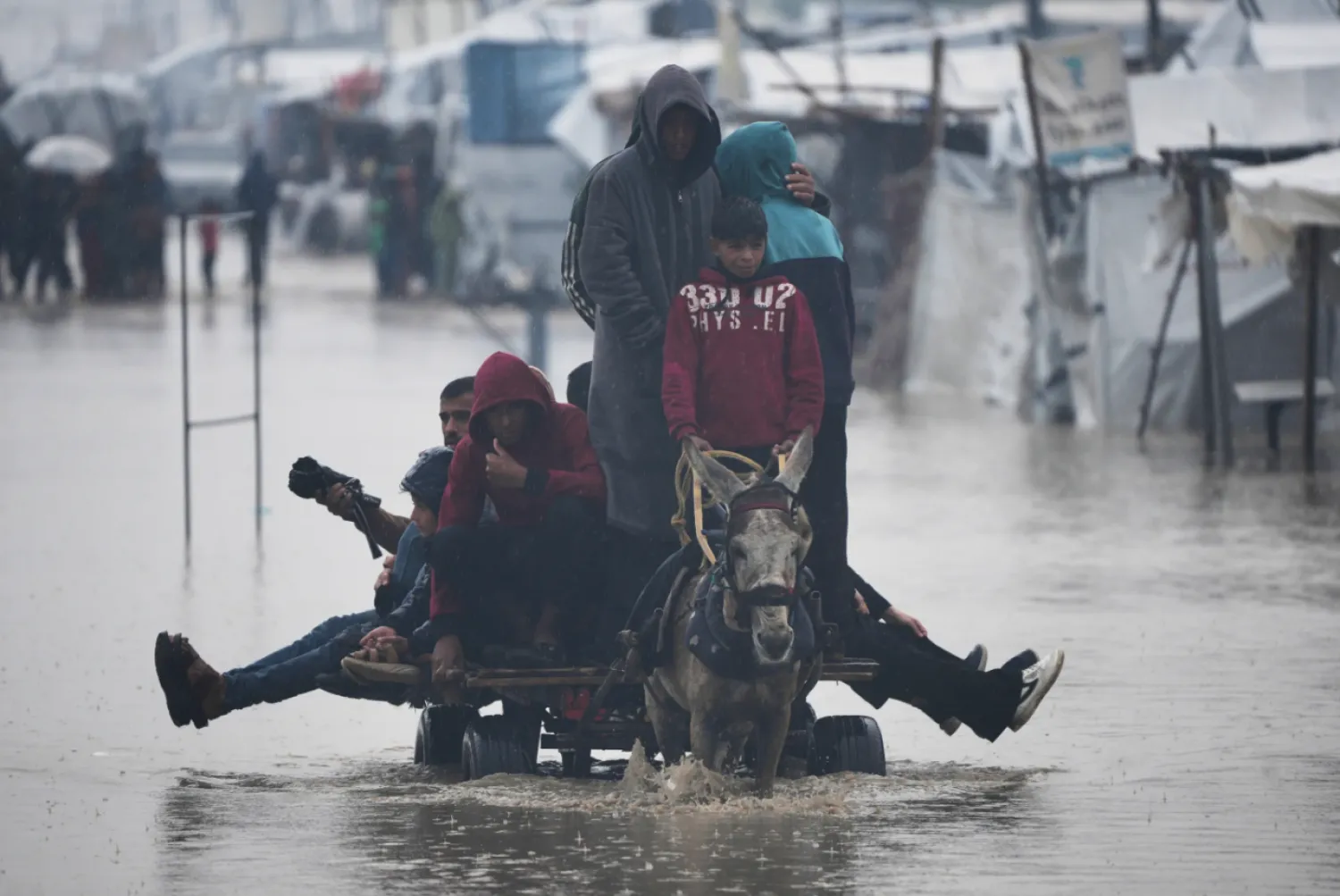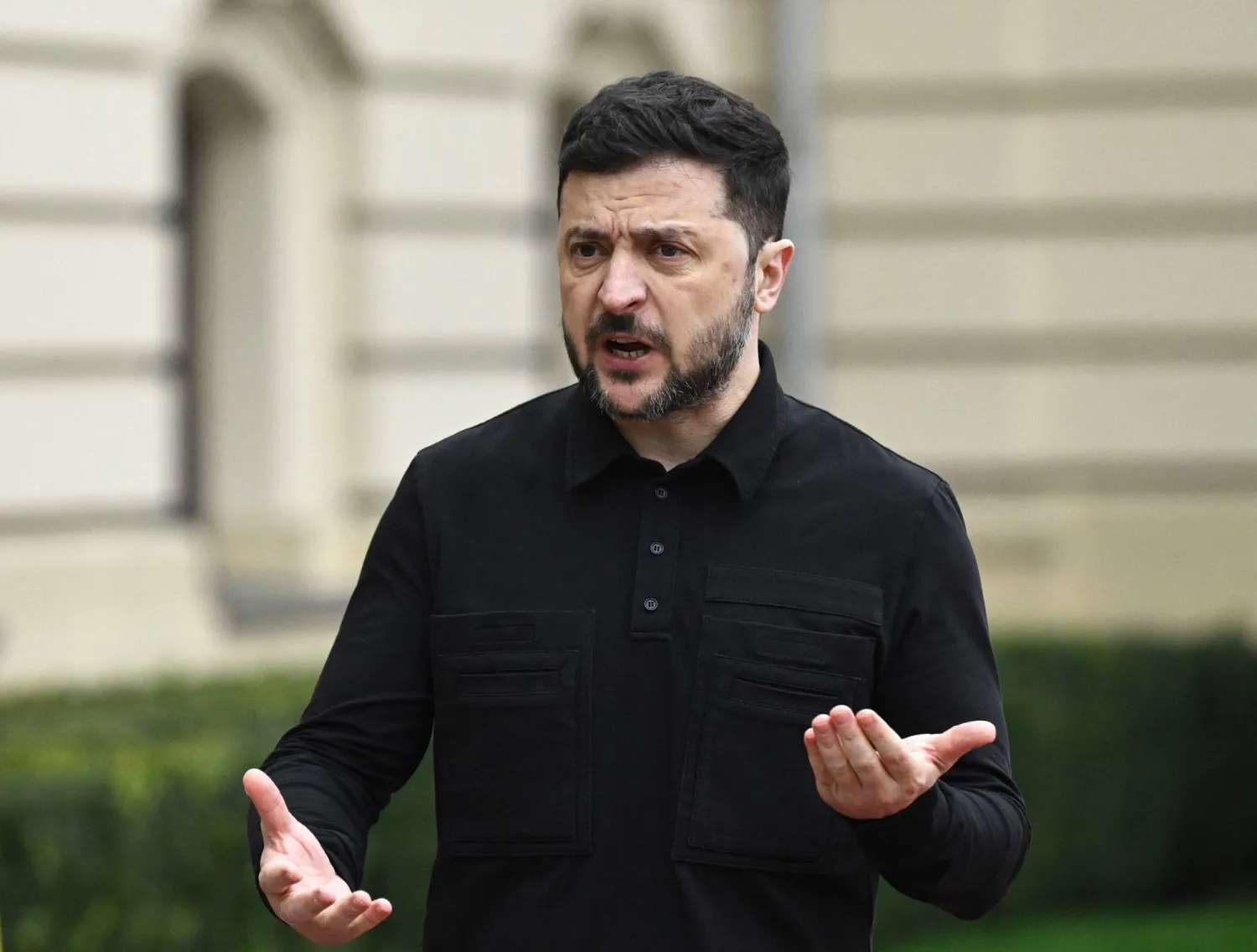Communist leader Joseph Stalin once asked Pope Pious XII how many military brigades he commands. No one at the time would have predicted that this spiritual authority would after a few decades have enough power to confront the Communist wave in eastern Europe.
The recent visit by Pope Francis to Myanmar and his mission to resist the evil there, represented by radical Buddhism, reminds us of the power that truth has against oppression. He traveled to Myanmar armed with the truth, not armies, in order to confront the radical Buddhist oppression against Muslim Rohingya. The truth championed his trip despite the restrictions and traps set up for him by extremists.
The Rohingya have for years suffered marginalization in Myanmar. Authorities have stripped them of their nationality in an effort to displace them from the country, where many either drown or burn in their attempt to flee a government crackdown against them. The authorities’ main concern is emptying Rakhine state from the Rohingya and imposing Buddhist rule there, while lying to and deceiving the public to justify its actions.
The analytic reader realizes that the developments in Myanmar can be described as genocide or even ethnic cleansing. The armed forces, backed by radical Buddhist militias, have committed the ugliest forms of oppression against the Muslim Rohingya. It is no longer shocking to hear that Burmese authorities have killed the Rohingya and later systematically burned their villages, raped their women and caused forced displacement in the area.
Observers said that the radical Buddhists believe in ethnic purity and therefore their main concern and obsession at the moment is the displacement of the Rakhine state Rohingya. According to some reports, some 14,000 people have been killed and wounded in the crackdown, while over 600,000 have been forced to flee.
Vatican stance
Argentine Pope Francis has spoken out several times against the barbaric Buddhist actions against the Rohingya. In February, he said: “They are being killed and tortured because they simply want to practice their Muslim beliefs.”
On August 27, the Pontiff declared his solidarity with the Rohingya, demanding that their rights be respected. “Our brothers are being harmed and oppressed due to their faith and creed,” he said.
Was Pope Francis welcome in Myanmar?
As the pope was preparing to head to Myanmar, radical Buddhists were tirelessly working on “negatively affecting his trip,” going so far as to being prepared to threaten him directly if he even uttered the word “Rohingya.”
Nationalism is the fatal sin of this age. Nationalist Buddhist monks in Myanmar had condemned Pope Francis’ visit and the Patriotic Myanmar Monks Union issued a statement at the time, saying that the visit was aimed at oppressing the country’s Buddhists because the Pontiff had previously spoken openly about the Rohingya crisis.
Hardline Buddhist monk and spokesman of the Ma Ba Tha organization Ashin Thawparka threatened the pope by saying: “Pope Francis will be received with the welcome he deserves, but he will unleash a wave of criticism if he expresses his support for the Rohingya.”
Even thought the pope had throughout the year refused to heed these warnings and repeatedly used the term “Rohingya” to describe the minority, he did not say it during his Myanmar visit even though his comments all held implicit statements about the oppressed people.
Behind the scenes statements
Even though Pope Francis did not speak directly about the Rohingya, that does not mean that their plight was not discussed behind the scenes of his meetings.
The issue was addressed during a meeting he held with army commander Min Aung Hlaing, who is accused of ethnic cleansing against the Rohingya.
The meeting was a last minute addition to the pope’s schedule and made at the request of Archbishop of the Roman Catholic Archdiocese of Yangon Charles Bo. A source from the Vatican said that this meeting had to inevitably be held during the pope’s trip because the chief of staff plays a major role in Myanmar’s economy and reconciliation efforts.
Bo said that the purpose of Pope Francis’ meeting with the general was not to emphasize the military’s oppression, but to hold dialogue. “Perhaps he could soften his heart in what could be the first step towards peace,” he added.
Means to overcoming radicalism
After talks with Min Aung Hlaing, Pope Francis sought to address the humanitarian sentiment of the religious leaderships of Myanmar and the rich ethnicities it represents. For 40 minutes, he held a meeting with 17 religious officials in the country, including representatives of Buddhists, Hindus, Muslims, Jews and Christians. He condemned man’s inclination for murder, stopping just short of explicitly talking about the Rohingya crisis.
He urged unity among the divers ethnicities, stressing that they were all brothers despite their differences. “We should not fear differences. We all come from the same father and therefore we are brothers and we should remain that way. If we cannot agree among ourselves, then let us act like brothers who soon reconcile,” he remarked.
Openness or tolerance?
Aware of the influential role Buddhists play in Myanmar, the pope sought to meet with Sitagu Sayadaw, a prominent Buddhist monk, in order to emphasize the importance of coexistence in the country. He also met with the State Sangha Maha Nayaka Committee, the government-appointed body of high-ranking Buddhist monks.
He then met with government representatives, which was an opportunity to urge them to push forward the peace process and national reconciliation, which can both be achieved by committing to justice and respecting human rights. The pope remarked that Myanmar enjoys important resources, but its most significant treasure is the diversity of its people, who have long suffered from internal conflicts that have led to deep divisions.
He reminded the government representatives that scholars and prophets have all highlighted justice as a pillar for real and long-lasting peace.
Religious differences should not be a source of division and lack of trust, but they should lead to unity and tolerance. Furthermore, he said that religions can play a role in healing old spiritual, existential and psychological wounds.









